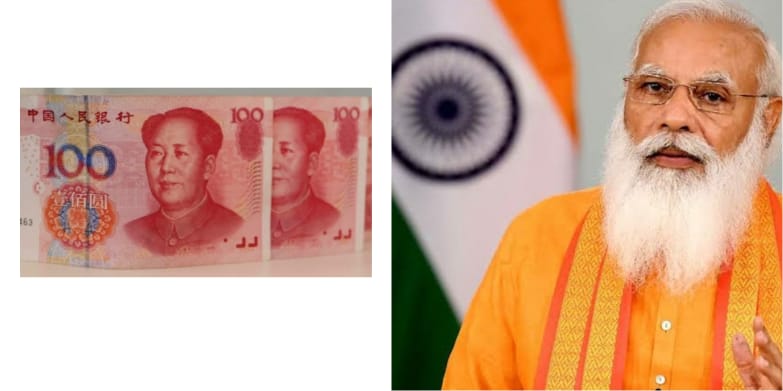As Western sanctions drive Moscow and its clients to find alternatives to the dollar for settling payments, Indian refiners have started paying in Chinese yuan for the imports of Russian oil, sources said.
Western disciplines over Russia’s attack on Ukraine have moved worldwide exchange streams for its trade, with India developing as the biggest buyer of seaborne Russian oil is almost certain on how to make payments for it in between the moving sanctions.
The US Dollar has been the world’s biggest currency, and it is still used by India for purchases, but now the sanctions that have locked Moscow out of dollars and euro financial networks, the Chinese yuan plays an increasing role in Russia’s banking system. During the first quarter China shifted the majority of its energy imports from Russia to yuan because it replaced Saudi Arabia as top crude supplier.
The Indian government source made a statement that, “Currencies like Yuan are paid by some of the refiners to the banks which are not willing to accept the dollars to settle trades”.
In June, the biggest buyer of Russian crude oil, Indian Oil Corp became the first refiner in the state to pay for the Russian purchases in yuan, sources said that two out of three Indian refiners pay in yuan for the Russian imports.
Given the sensitive nature of this issue, all sources have refused to give their names. Requests for observations were not answered by India’s oil and finance ministries, which previously tried to convince Russia that they should accept INR as payment in the energy sector. Reliance Industries Ltd, HPCL Mittal Energy Ltd and Nayara Energy did not respond to the requests for the comment.
‘The total value of Russia’s oil refiners bought with yuan may not be known at this point, as it is possible that India Oil has been paying for multiple consignments in yuan’, industry sources said.
The growth in yuan payments has encouraged Beijing’s efforts to internationalize its currency and Chinese banks are encouraging the use of yuan for the purpose of purchasing Russian oil.
India refiners mostly import from Dubai-based dealers and Russian oil companies such as Rosneft (ROSN.MM), the Litasco unit of Russian oil major Lukoil (LKOH.MM), and Gazprom Neft (SIBN.MM), concurring to shipping information compiled by Reuters.
In the United Arab Emirates’ dirham, India refiners have made payments in currencies other than dollars to the purchase of Russian oil. Sources said that some of the Indian companies are making payments in yuan and refused to reveal the name of the company, “The First preference of the refiners is to pay in dollars but sometimes they pay in other currencies when sellers ask them to pay in dirham and yuan.”
Reuters reported in March that, because of long standing political tensions with China, India’s banks and traders had been instructed not to use yuan as a means of paying for Russian imports by government officials and banking sources. The question of whether new purchases constitute any change in this view was not immediately apparent.
In May, India imported a record amount of Russian crude oil, accounting for 40% of its total oil imports, compared with 16.5% in the previous year, which reduced purchases from Iraq and Saudi Arabia.
Indian pragmatism regarding its need for energy supplies can be seen in the country’s choice to use the Chinese Yuan as an effective non-US dollar “basket,” which is slowly ushering in a recognisable group of preferred currencies that includes the Indian Rupee, the Chinese Yuan, the Russian Ruble, and the UAE Dirham. Other currencies, such the Hong Kong Dollar, Saudi Riyal, and Indonesian Rupiah, among others, could also be included in the future.

